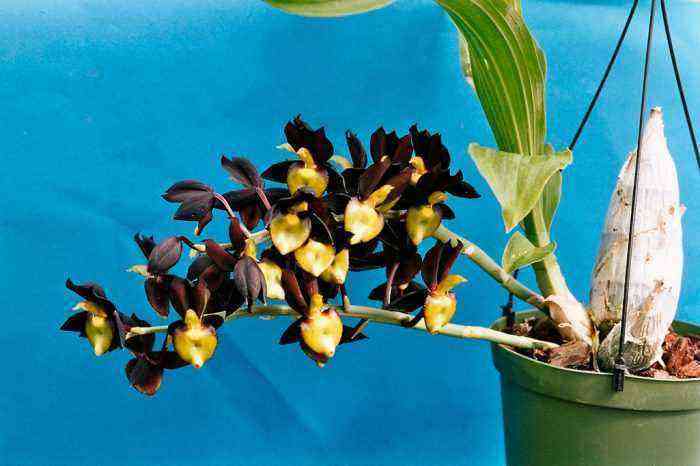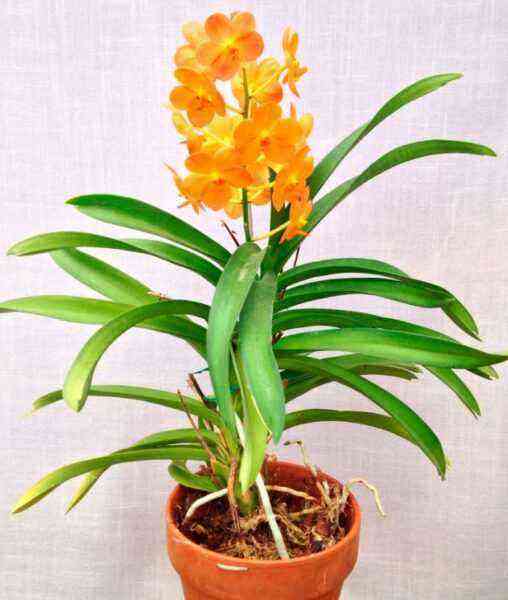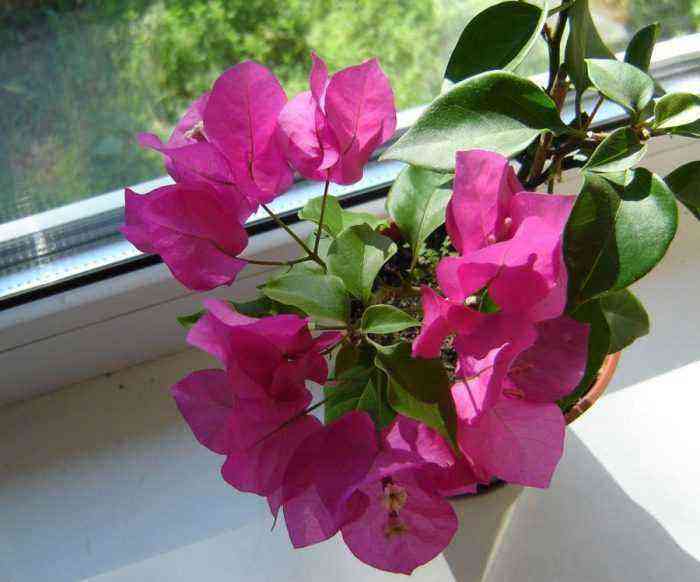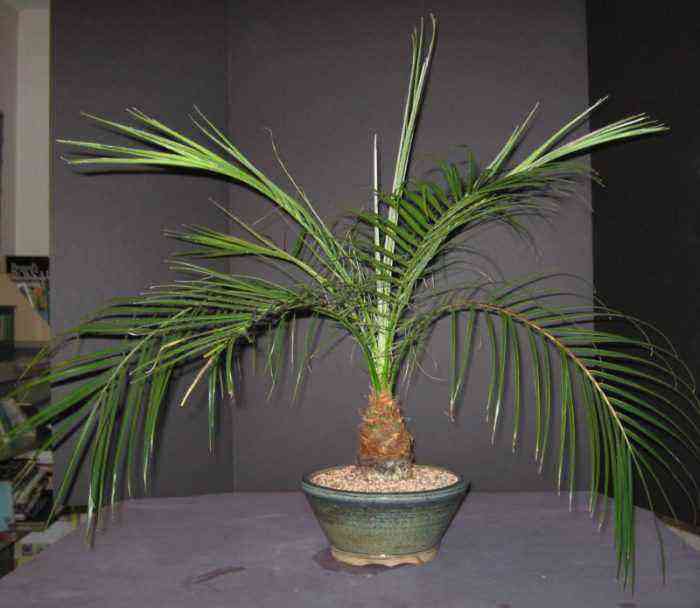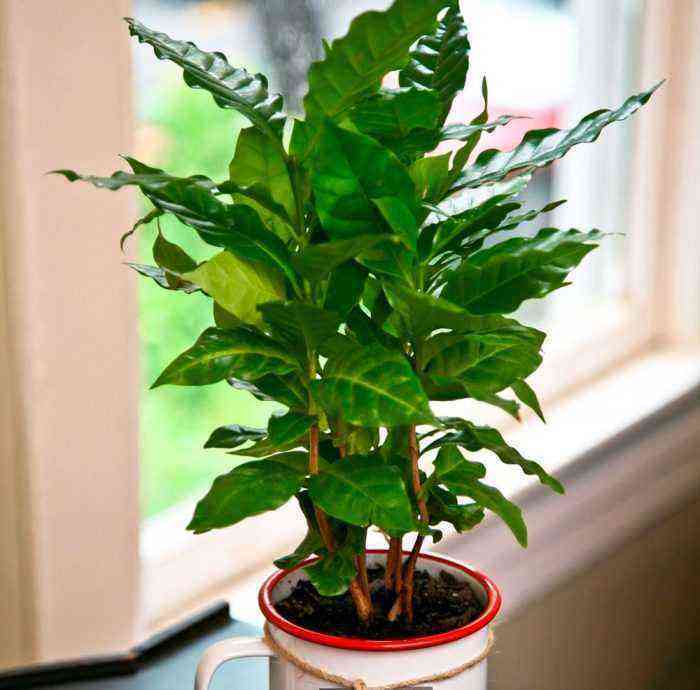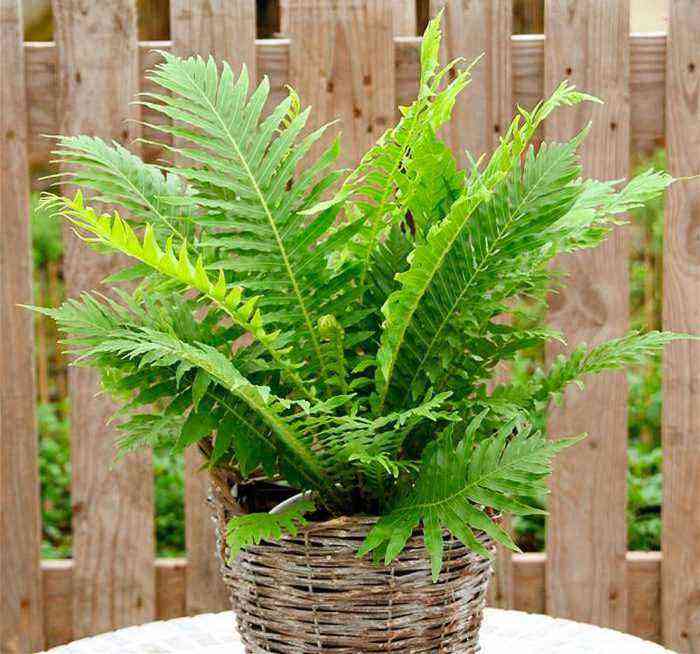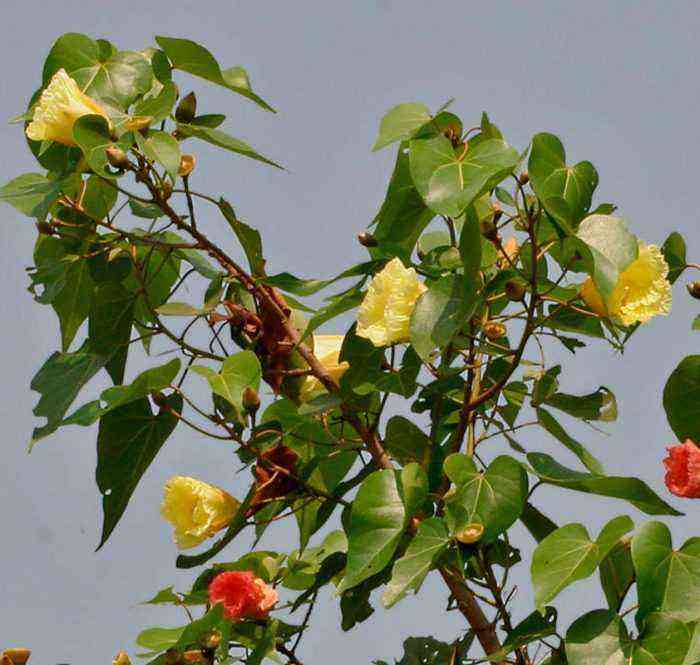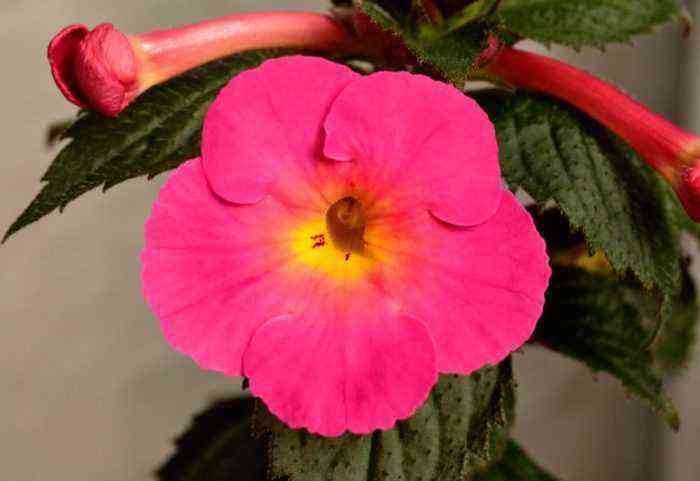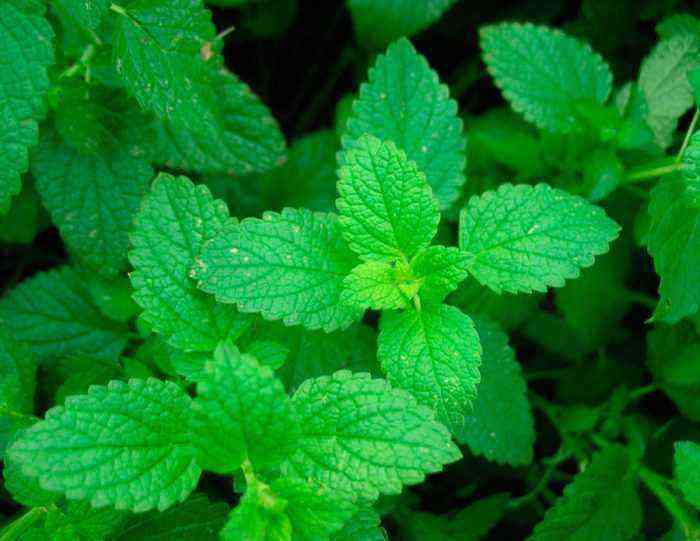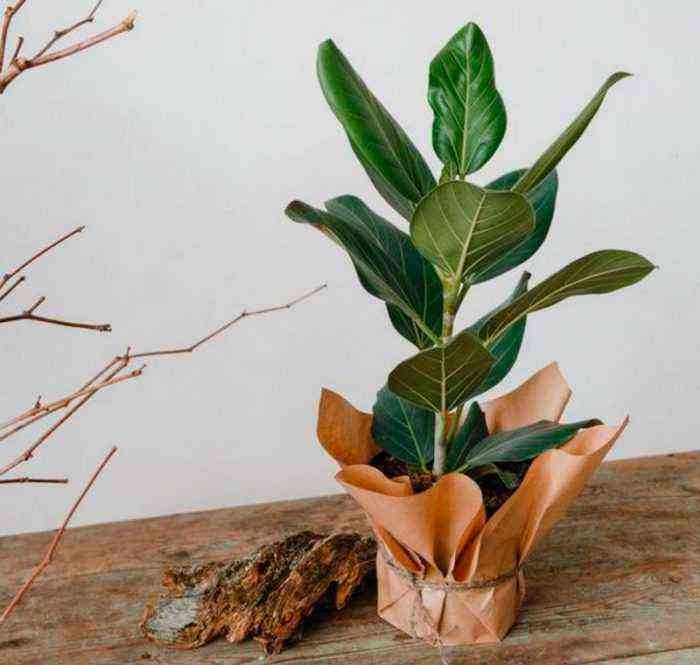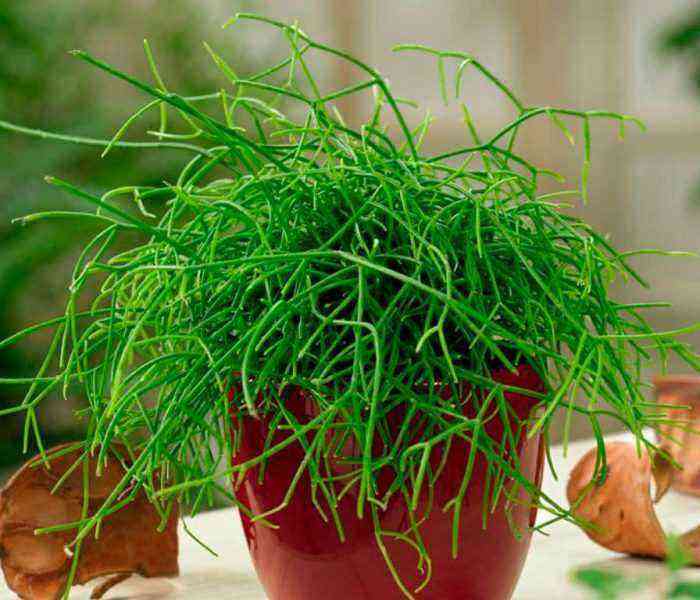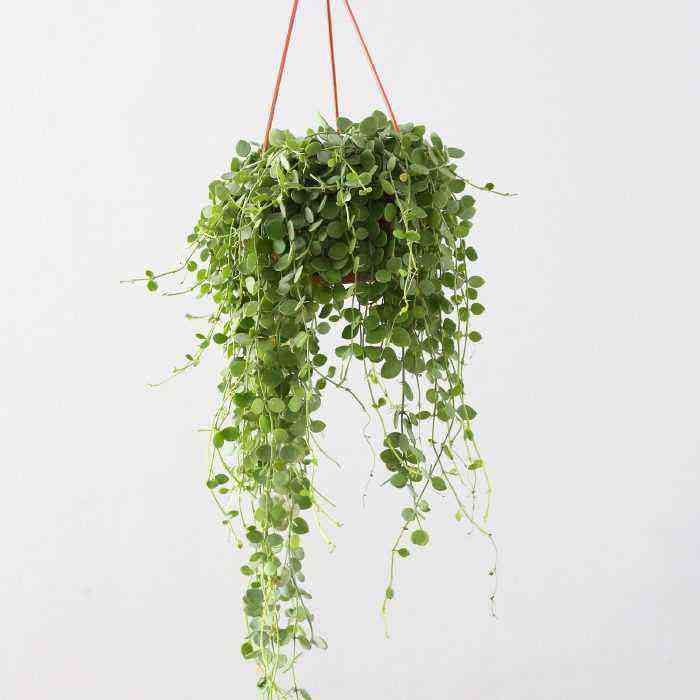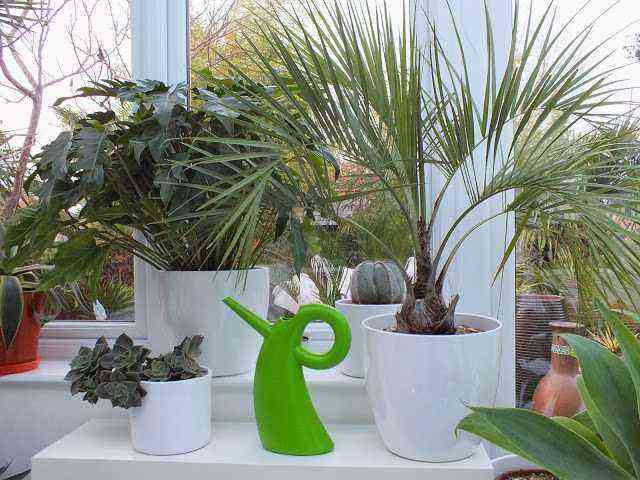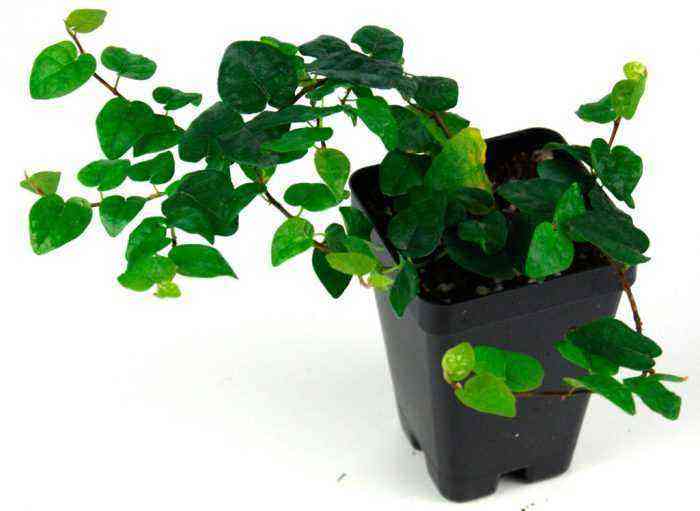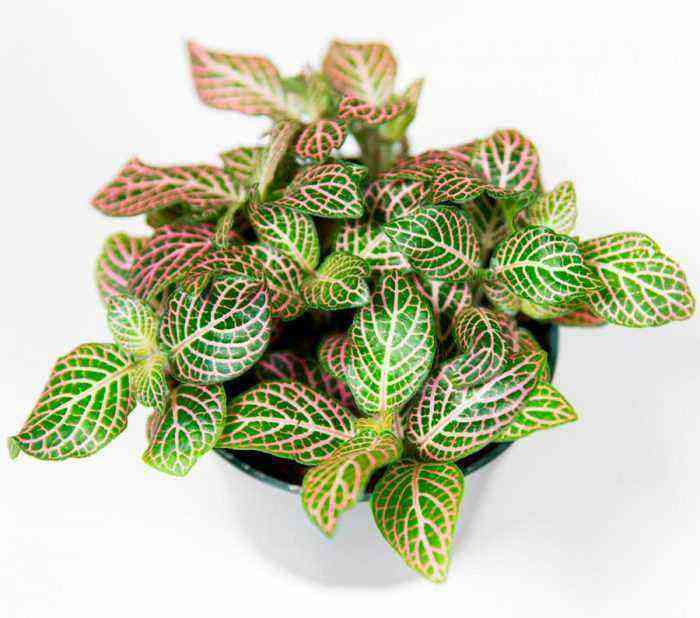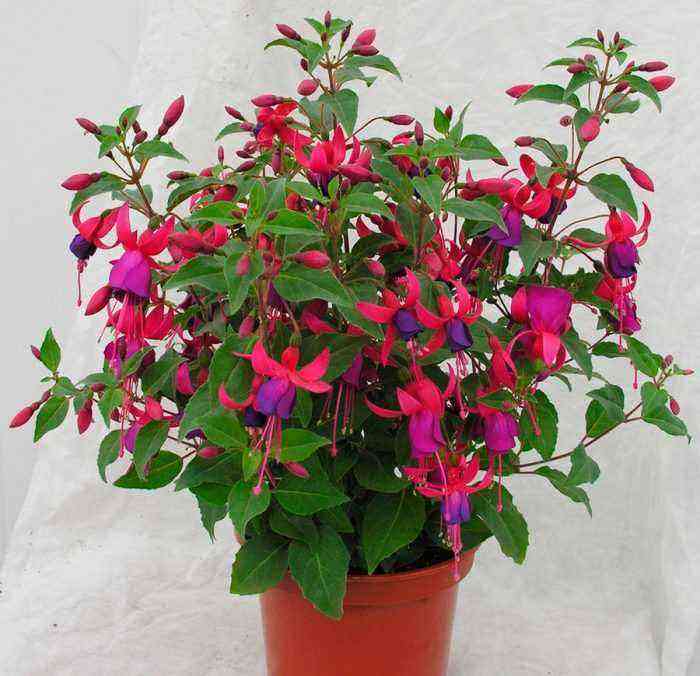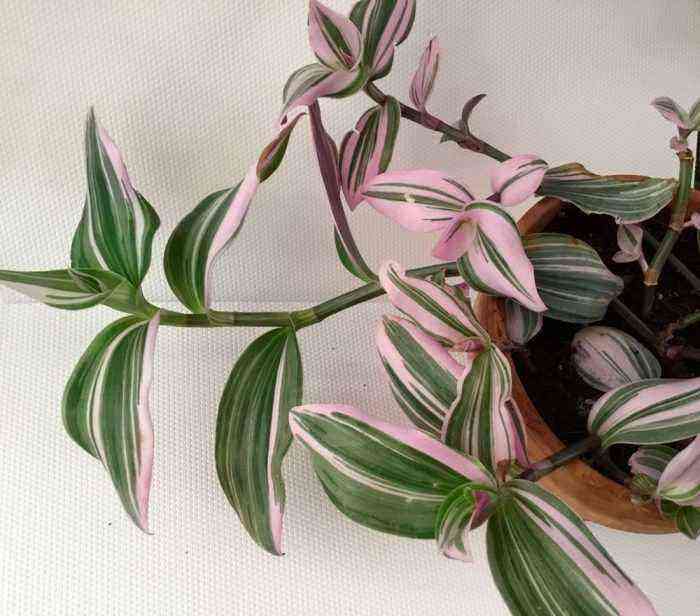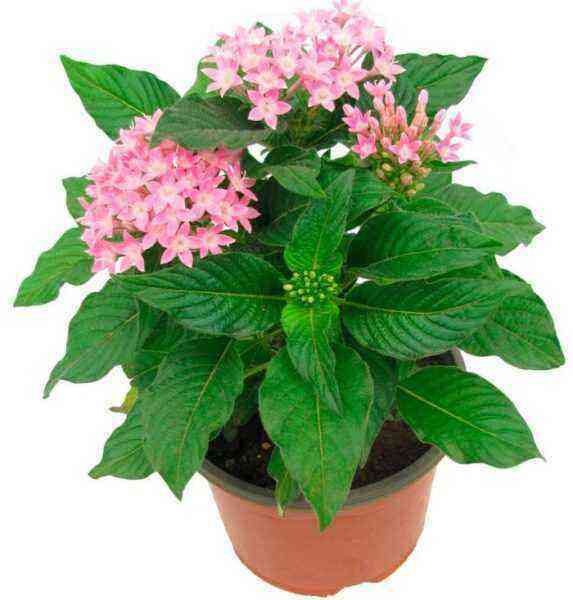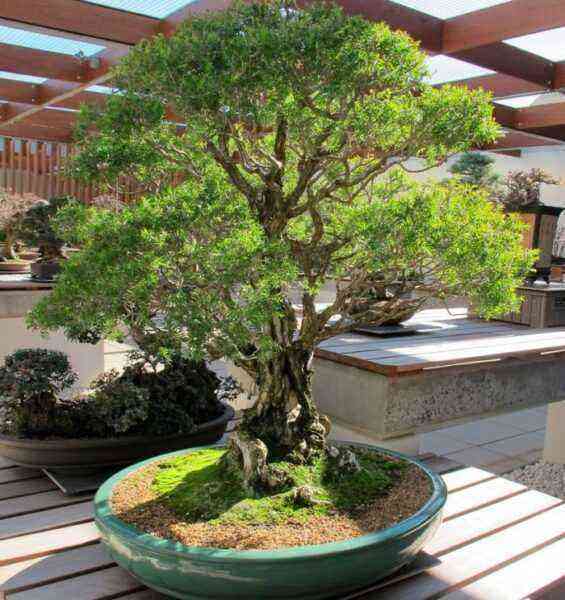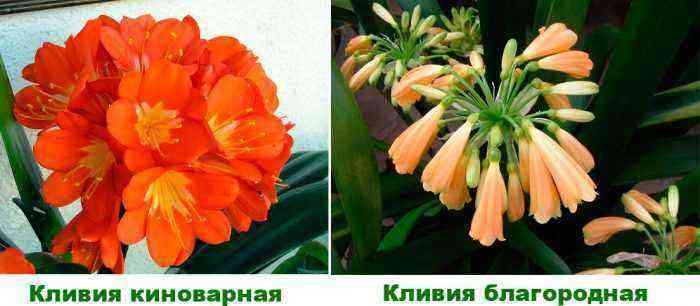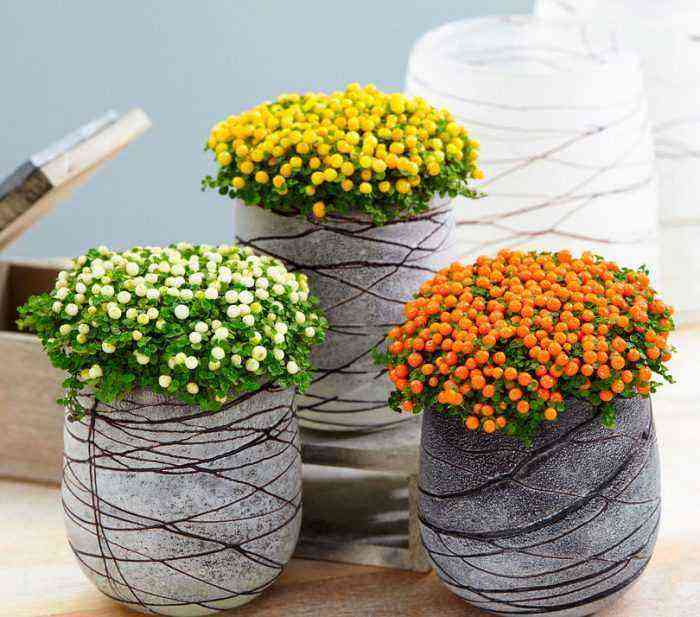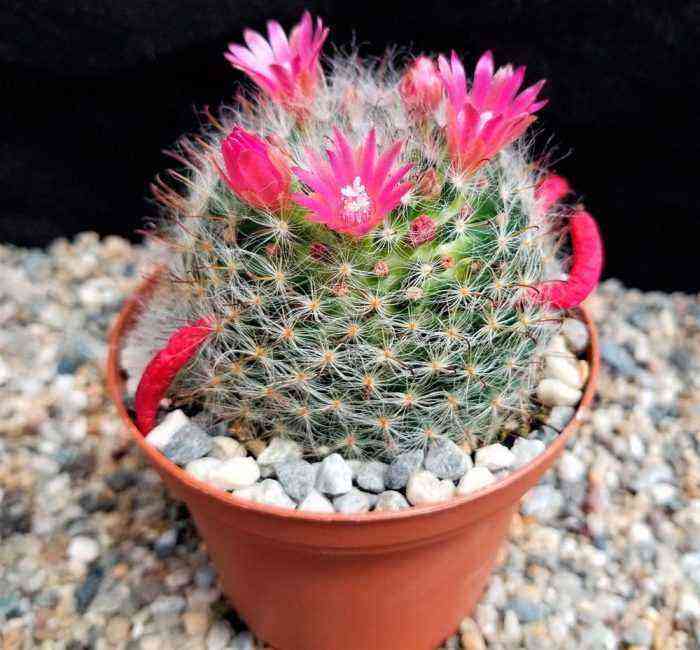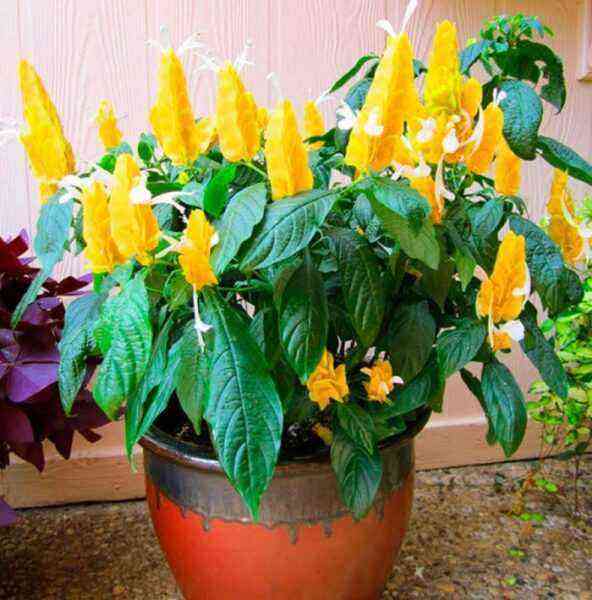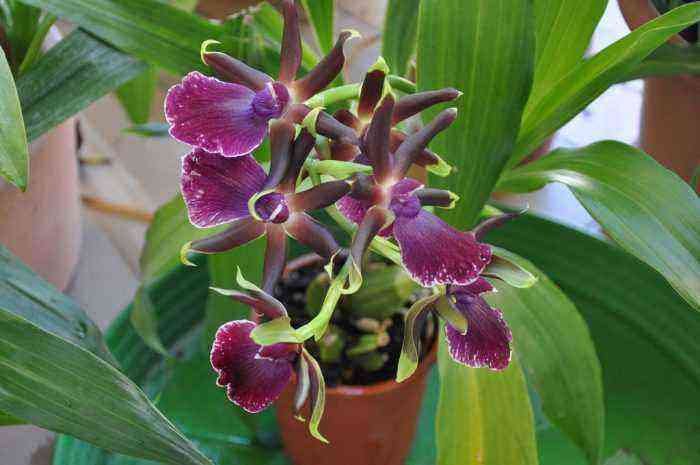Such a genus as Euphorbia, belonging to the Euphorbiaceae family, is one of the most extensive in the plant kingdom. This genus unites about 2000 plant species that can be found almost anywhere in the world. This genus is represented by succulents, annual grasses, shrubs, and also “cacti”. So, on the territory of Russia in nature, you can meet 160 different types of milkweed. And then there are many domesticated species that are successfully grown in home gardens.
So, the well-known weed of the cypress euphorbia (Euphorbia cyparissias) belongs to the genus of euphorbia. It stands out for its densely leafy tender stems, which are somewhat similar to the branches of larch. Griffith’s spurge or fireweed (Euphorbia griffithii) is becoming more and more popular with gardeners. This perennial herb is flowering beautifully. Many different species are also grown at home. All these plants are united by one similar feature – the presence of milky sap (which influenced the formation of the name). Often, only on this basis, a person who is poorly versed in vegetation will be able to determine the spurge in front of him or not.
There is another characteristic feature of all representatives of this genus. This applies to the shape of the inflorescence. Such an inflorescence has a sympodial growth character: the young part, which is very similar to a flower, grows directly from the old one. Each of the “flowers” resembles an unusual alloy, fused from one apical petalless pistillate flower, as well as 1 separate stamens (left over from degenerate flowers). This peculiar alloy is surrounded by a wrapper of bracts, which also remained from degenerate flowers.
At the end of flowering, a fruit is formed and ripens, which is a three-dimensional box, inside which there are 3 nut-seeds.
Basic views
The species described below are the most popular among florists and are often grown at home.
White-veined spurge (Euphorbia leuconeura)


He is originally from the island of Madagascar. This herbaceous perennial plant in natural conditions can reach a height of 1,5 meters. The taproot is deeply buried in the ground. The young stem is solitary, while the older one is weakly branching. The lower cylindrical part of the stem is woody. Above, it acquires a pronounced five-ribbed shape, while rough rough scars that remain from fallen leaves are clearly visible on its surface. They are distinguished by brownish oval-shaped pockmarks on the dark green glossy surface of the stem. On the tops of the ribs there is a covering, consisting of a thick, short (about 0,4 cm) fibrous brownish fringe. Petiolate alternate leaves grow on the stem in a spiral. They gradually die off and remain only in the apical part. The petioles are greenish-red. Leathery thick leaves have an obovate shape and reach 15–20 centimeters in length and 5–8 centimeters in width. The front side of the leaf plate is colored green and has distinctly visible whitish veins on it, and the seamy side has a pale green color. On small inflorescences there are whitish bracts, which have a tubular base and a flat wide open limb, the diameter of which is 8 millimeters.
It is a fast-growing plant that has a tendency to self-seeding. Seeds in large quantities fall on the surface of the substrate in the pot and young seedlings appear quite quickly from them. In the event that these seedlings are not removed, they will very soon fill the entire free surface of the soil in the pot.
Spurge ribbed or comb (Euphorbia lophogona)


The homeland of this succulent shrub is Mexico. Both outwardly and in size of the bush, this species is similar to the white-veined milkweed. But in such a plant, even the veins on the leaf plate are clearly distinguishable, but they have a green color. And the existing growths on the ribs of the stem are more similar to a flat prickly ridge. The color of the bracts is whitish-pink.
Mille spurge (Euphorbia milii)
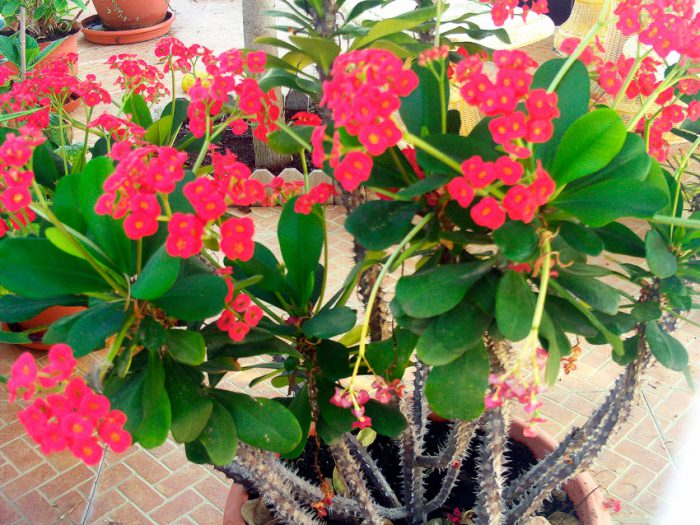

Which is also called beautiful or brilliant milkweed (Euphorbia splendens) – the homeland of this succulent strongly branching shrub is the island of Madagascar. In nature, such a spurge can grow up to 200 centimeters in height. The surface of the stem is bumpy and has a distinct grayish tint. It contains a huge number of needles of thick conical spines, which can be up to 3 centimeters long. Short-petiolate leaves have an elliptical or obovate shape, while reaching 15 centimeters in width and 3,5 centimeters in length. Over time, the lower leaves die off and remain only on the upper part of the stem. The shape of the bracts is similar to that of the previous form, but they have a larger limb diameter, which is 12 millimeters. Their color can be different, for example, rich scarlet, white, orange, yellow or pink.
Euphorbia triangular or triangular (Euphorbia trigona)
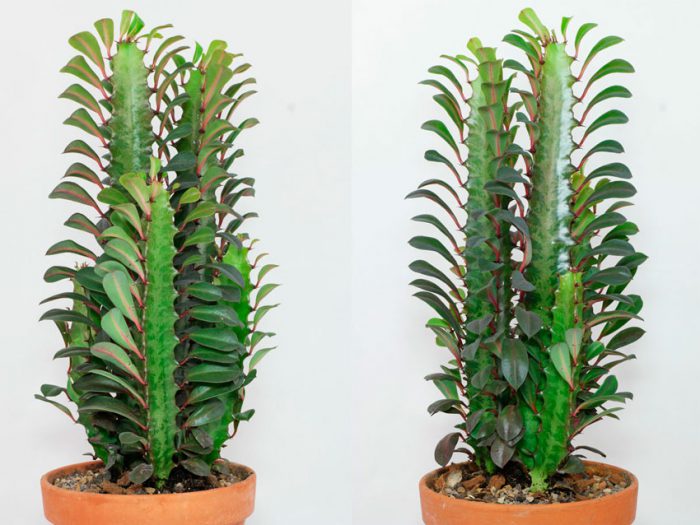

In nature, it can be found in the arid regions of South West Africa. This succulent branching shrub can reach a height of 200 centimeters. Its stems are tightly pressed against each other and grow up exclusively vertically. Juicy pronounced ribbed stems have 3 flat edges, and their diameter is 6 centimeters. On the tops of the ribs, there are a huge number of brownish-red claw-shaped spines, which can be up to 5 millimeters long. In the axils of the spines of the upper part of the stems, small fleshy leaves are preserved, which have a spatulate shape, which in length reach from 3 to 5 centimeters.
In some sources there is information that this species has no flowering at all, and reproduction occurs by breaking off cuttings.
The most popular among flower growers is the variety that has shoots of a dark green color, and the foliage is red.
Euphorbia beautiful or poinsettia (Euphorbia pulcherrima)
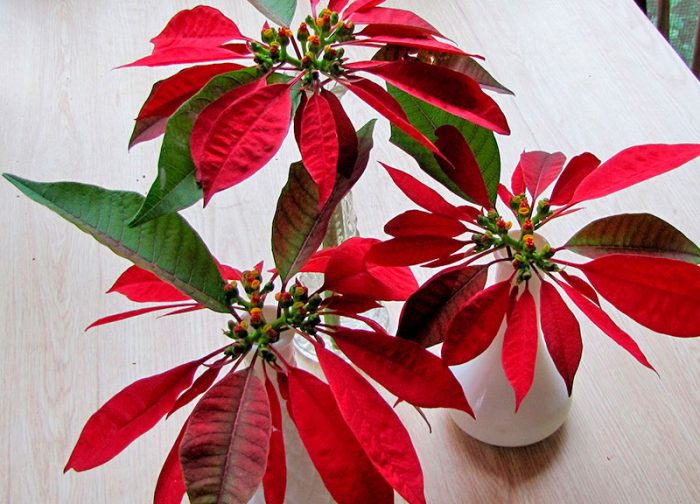

His homeland is Central America and tropical Mexico. This species is considered one of the most beautiful of the whole milkweed family and is also called the “Christmas Star”. This is due to the fact that such a spurge blooms in December. The plant is a tall (up to 4 meters) strongly branching shrub with thin, as if broken, angular stems. Short-petiolate leaves have an oval-pointed or broad-lanceolate shape with a coarsely toothed edge. The surface of the leaves is leathery-rough and veins stand out in relief on it. The length of the sheet plate is up to 16 centimeters, and the width is up to 7 centimeters. For its spectacular appearance, such a spurge is grateful to the very bright large bracts, which are abundant. They are very similar in size and shape to foliage. In this regard, many people believe that this plant has incredibly beautiful foliage. The original species has red bracts. At the same time, there are a large number of varieties, the bracts of which are colored orange, whitish-green, yellow, pink or another color.
Spurge “Medusa’s Head” (Euphorbia caput-medusae)


The birthplace of such a plant is South Africa, the Cape Town region. Such a herbaceous plant strongly branching at the base is a perennial. It releases many lodging, thick, horizontally arranged shoots. On their greenish-gray surface, there are a huge number of layered conical tubercles, and therefore such stems are very similar to many snakes that are woven into a ball. Narrow-ribbed small leaves eventually remain only on the tops of the shoots. White small flowers bloom there, which do not represent any decorative value.
This milkweed has a gradual formation of a central thick caudex, with a large number of scars on the surface.
Euphorbia obesa (Euphorbia obesa)
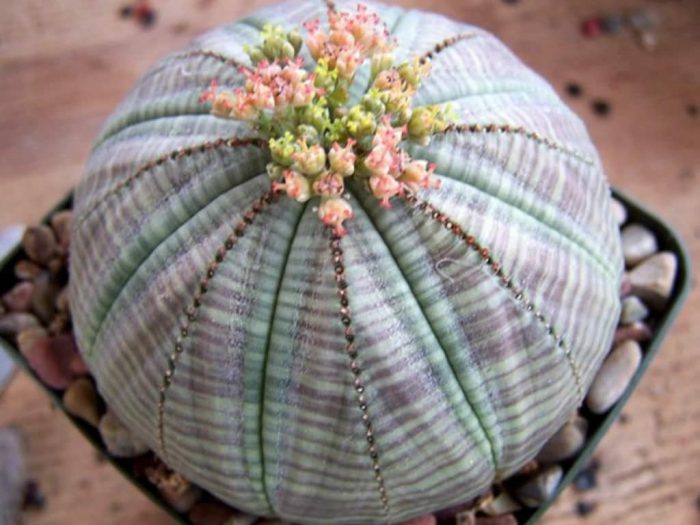

Originally from South Africa, from the Cape. This succulent, which is a perennial, looks very similar to a cactus. The octagonal stem does not branch. The young specimen has a spherical shape, and with age, the stem stretches and becomes like a baseball. In height, it reaches from 20 to 30 centimeters, and in transverse diameter – from 9 to 10 centimeters. On the tops of the low, wide ribs, there are many tubercles with brownish specks of scars that remain from previously fallen off inflorescences. Dense small inflorescences are similar to blossoming leaf buds or green small cones, and differ from them only by protruding large pistils.
Euphorbia enopla (Euphorbia enopla)
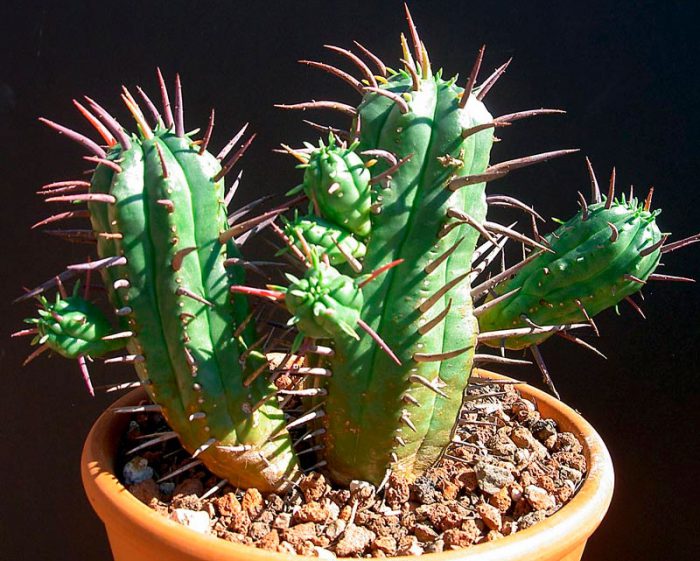

Also originally from South Africa. It looks very much like a cactus. This succulent is very branchy at the base, and its height varies from 30 to 100 centimeters. The cylindrical shoots of a deep green color have from 6 to 8 sharp edges and a diameter equal to 3 centimeters. On the tops of the ribs there are a huge number of hard, thick, reddish-brown conical spines, the length of which varies from 1 to 6 centimeters. On the upper part of the shoot, an inflorescence is formed. Young peduncles are very similar in appearance to nearby thorns, but over time, their top opens up with a small (5 millimeters in diameter) calyx of dark red bracts.
Caring for indoor milkweed at home
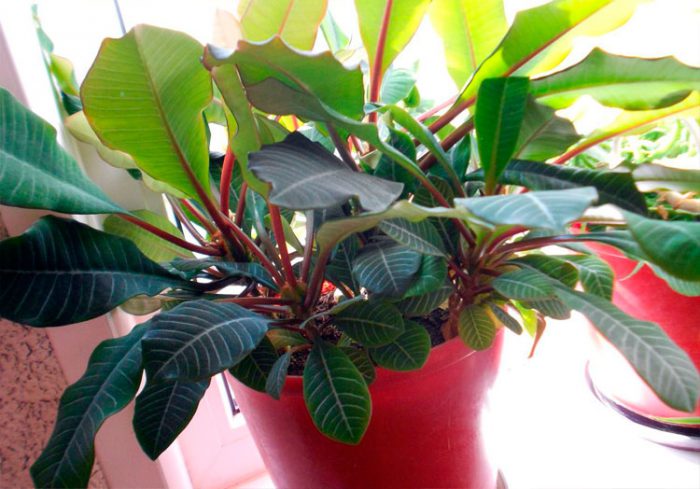

Since there are a lot of euphorbia species and most of them differ in the peculiarities of care, there are no general rules. Below we will consider the features of growing succulent milkweed, because they are most often grown at home.
Illumination
Such a plant needs very intense lighting and direct sunlight throughout the year. The most suitable windows are southwest, south, and southeast. If the lighting is poor, then euphorbia will grow, new growths will be very painful, and in some cases this leads to the death of the entire plant. To avoid this, you need to use phytolamps for illumination, while remembering that the duration of light throughout the year should be about 10 hours.
Temperature conditions
In summer, the plant thrives at temperatures between 20 and 25 degrees. All flowering species have a mandatory dormant period, which is observed in winter and requires cool maintenance. And that’s all, because the laying of flower buds begins at a temperature of 14 degrees.
Such a succulent is quite hardy to sudden changes in temperature, but it must be remembered that it does not tolerate drafts. In this regard, you should be extremely careful to ventilate the room.
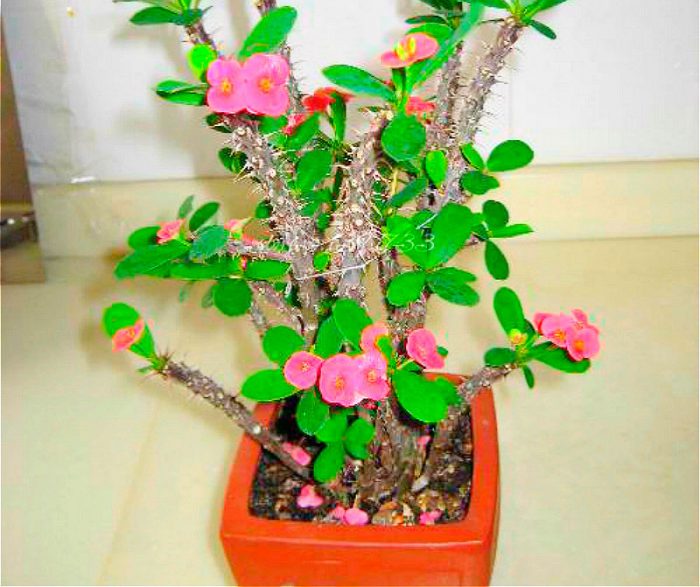

How to water
There is one rule – the less the plant looks like a cactus, the more often it needs to be watered. You also need to look at the condition of the soil. Abundant watering is carried out only after the soil dries out in depth by ¼ part. It is impossible to allow water to stagnate in the substrate, as well as its acidification. This is especially true for those milkweed that have a fleshy thick stem that can rot very quickly. But do not forget that some species react extremely negatively to the drying out of an earthen coma, for example, Mila’s spurge. They can react by dumping foliage.
In winter, with a cool content, it is necessary to water much less, because during this period there is an even greater risk of rot on the root system and root collar.
Humidity
The low air humidity of city apartments is quite suitable.
Earth mixture
Suitable soil should be loose, neutral and breathable. For planting, you can buy a ready-made soil mixture for cacti or make it yourself. To do this, combine leaf, turf and peat soil, brick chips and coarse river sand, which should be taken in equal proportions.
At the bottom of the pot, do not forget to make a good drainage layer of expanded clay.
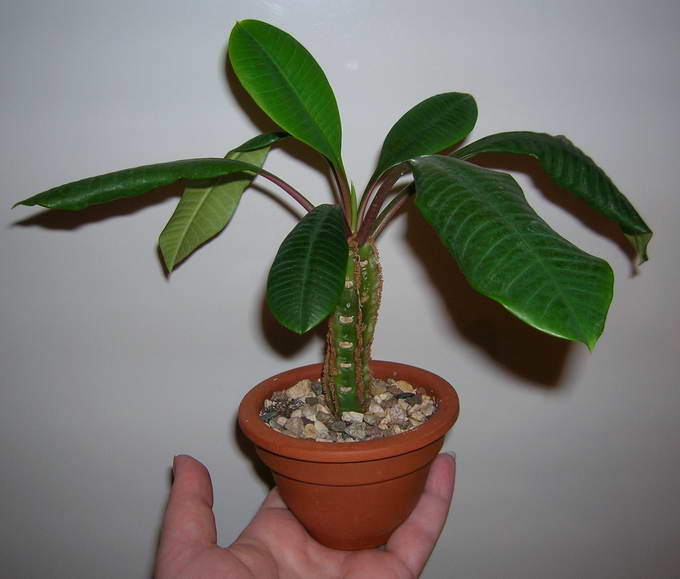

Fertilizer
Such a plant usually grows in poor soils, so it should not be fertilized too often. This procedure is carried out once a week. To do this, use fertilizer for cacti and take the dose that is indicated on the package. If a dormant period is observed in winter, then fertilizer does not need to be applied to the soil.
Transplant Features
Euphorbia is transplanted only when its root system ceases to fit in the pot.
Trimming
Cactus succulents, as well as white-veined and ribbed spurge, do not need pinching and pruning. For those species that naturally branch strongly (for example, Mil’s euphorbia), you need to pinch the tops of the stems. This helps to give the crown a splendor, and also helps to prevent strong growth of the bush.
Methods of reproduction
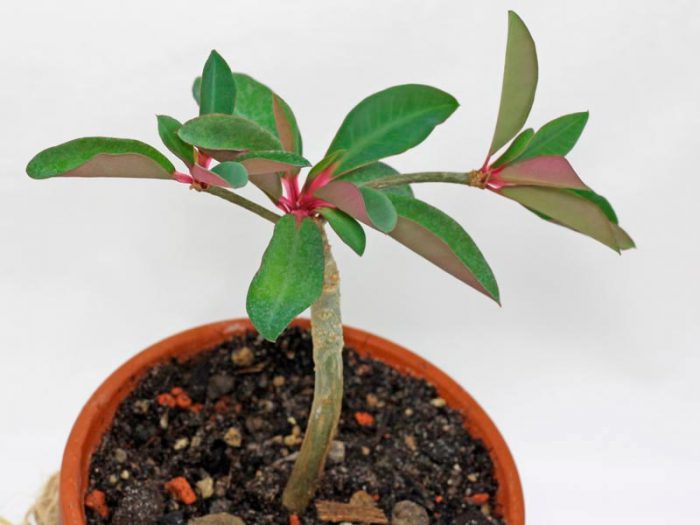

Milkweed – “cacti” at home, as a rule, reproduce by children. In this case, leafy species can be propagated by cuttings and seeds.
Before the cut cutting is planted in the substrate, it should be washed from the milky juice, and then left in the open air to dry. In order for the roots to grow faster, it is recommended to process the tip of the cutting with Kornevin. The prepared cutting should be planted in moistened sand or peat substrate. For rooting, you will need a light mini-greenhouse, in which you need to maintain a certain level of humidity. Systematic ventilation is required.
Pests and diseases
They are particularly resistant to diseases and pests. But they can get sick due to improper care.
- Yellowing of a large number of leaves throughout the crown in summer – a draft or stagnant water in the soil.
- The yellowing of a small number of lower leaves in the summer is a completely natural process.
- In autumn, yellowing of a large number of foliage – in deciduous species, this is a natural process of preparation for the winter period.
- Single large brownish spots on the surface of the shoot are sunburns.
- There are many brown spots on the stem and they have different sizes – this is rotting caused by stagnant water in the soil.
Attention! This plant is poisonous. So, if the milky juice gets on the skin, it will cause an allergic reaction, and if it gets into the stomach – poisoning.
Euphorbia or cactus?
An inexperienced grower may confuse euphorbia with a cactus. But they can be quite easily distinguished. So, milkweed, unlike cactus, has milky juice. Cactus thorns grow in pubescent areoles, and milkweed grows on a smooth surface. They also differ in flowers.
